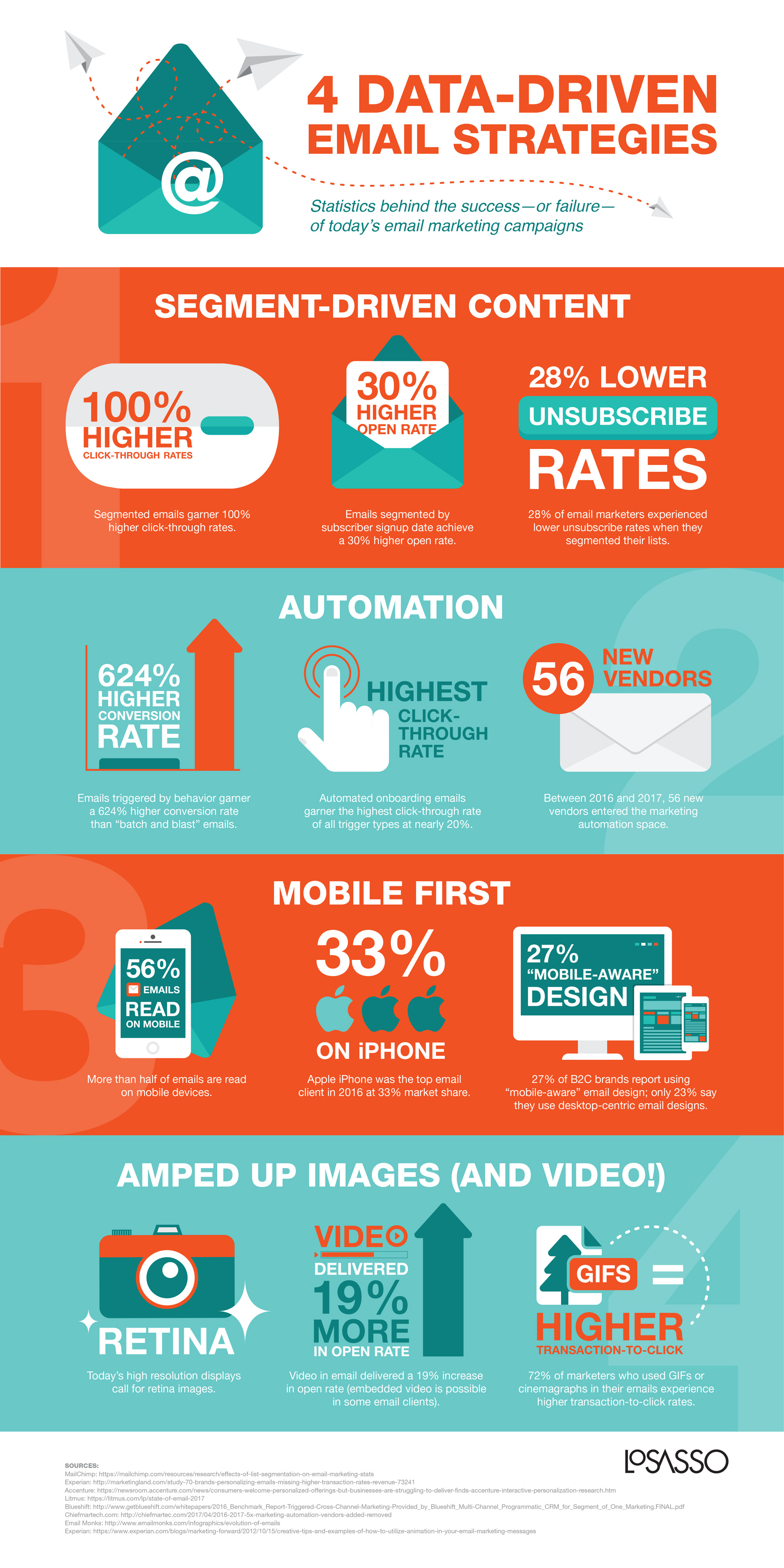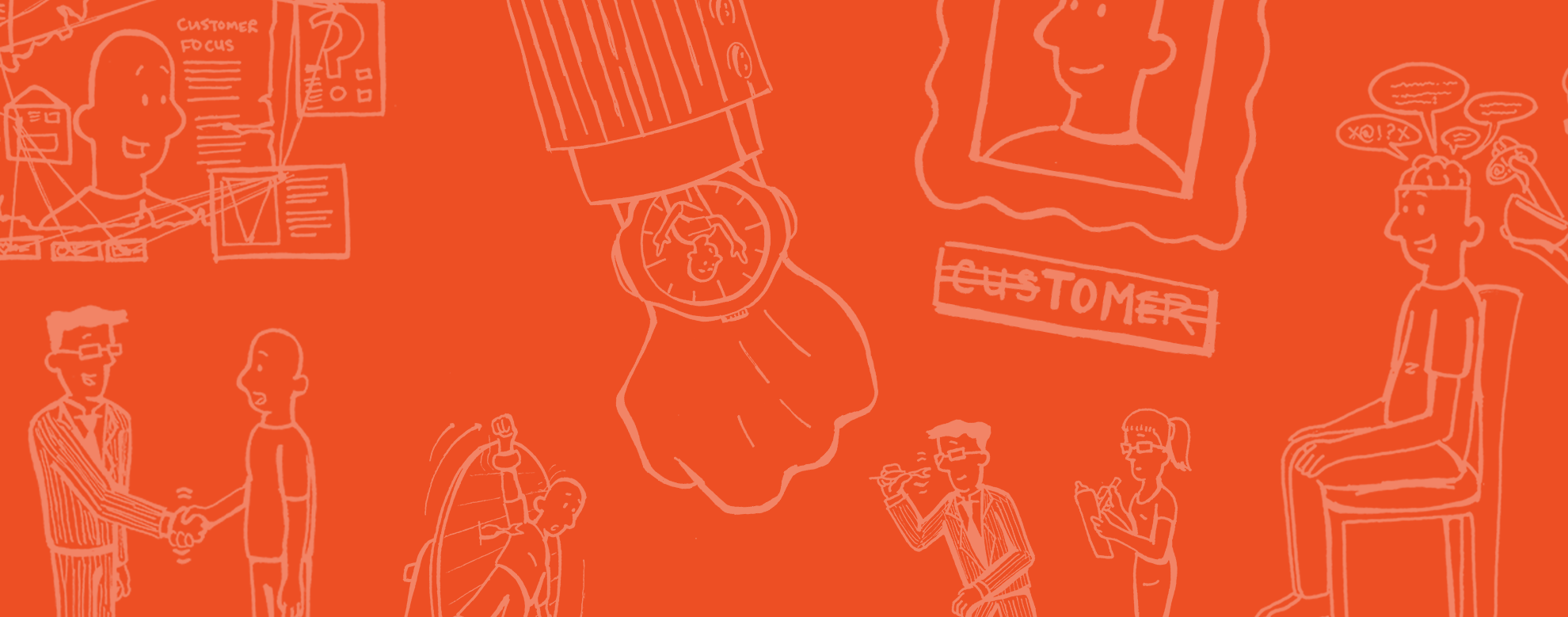Updated September 5, 2024
Imagine a world where your email campaigns effortlessly hit the mark every time—no more guesswork, just precision. Luckily, that world exists right now. Today, utilizing data to nail your email marketing campaigns is no longer a musing, but a must. Use the four data-driven strategies below to engage customers precisely and effectively.
1. Hyper-Personalization
Hyper personalization goes beyond just using a recipient’s name. It involves collecting data from sources such as website interactions, purchase history and social media activity to deliver highly tailored content to users. Customer relationship management (CRM) systems and data analytic software are great tools to separate your audience into more granular categories. For example, pulling purchase history and product preference data to send personalized product recommendations to customers.
As AI and data analytics become ever interconnected, AI-driven personalization has emerged and offers even more custom options to reach customers. Keep an eye out for hyper-personalized CTAs, tailored subject lines and email body content all created by AI.
2. Predictive Analytics
Predictive analytics forecast customer behaviors and preferences, giving you the power to “predict the future” and send targeted messages at optimal times. To harness predictive analytics effectively, marketers can analyze past data from e-commerce platforms, CRM systems and point-of-sale (POS) systems. These platforms track purchase histories, including when customers buy products, how often they make repeat purchases and what additional items they may purchase together.
Then, you can send your emails accordingly. Predictive analytics can forecast broader predictions and track demand, which not only ensures that highly relevant emails are going out to customers but avoids over/understocking products, leading to a more efficient supply chain.
Source: Newsletter Pro
3. Behavioral-Triggered Emails
Behavioral-triggered emails, like the name suggests, send an email when a user-specific action (or inaction) occurs. Using the same data platforms mentioned above, marketers can look at past data to analyze customer behavior and adjust accordingly. This can be anything from abandoned cart reminders, post-purchase follow ups or first-time website visits, and can be coupled with discounts and other incentives.
For example, if a user browses a particular product category and doesn’t make a purchase, an email will trigger with offers related to that category. By turning user-specific actions into data, you can personalize the email experience, providing more incentive to purchase a product.
4. Automated A/B Testing
A/B testing has been around for awhile and, at its core, has stayed the same. However, AI advancements have taken the clunkiness out of the process and A/B tests are projected to become a constantly expanding tool to monitor email campaign effectiveness.
Two main pitfalls of A/B testing are the scope and timeline. Without the help of AI, the process—from strategy to analysis—is a lengthy one. AI seeks to automate the entire operation, continuously testing email campaigns in real time and thus removing the need for manual intervention.
Explore marketing automation platforms with AI integration, dedicated AI-powered A/B testing tools, AI-driven email marketing platforms, add-ons and more to bring more dynamic A/B testing to your email programs.
Source: Salesforce
Let the data drive you
We live in a world where data-driven strategies can help you predict what a customer will buy before they themselves know. And while it seems like magic, these tools are already accessible as a solid strategy to up your email game. By leveraging hyper personalization, predictive analytics, behavioral-triggered emails and AI-driven A/B testing, you’ll exceed your audience’s expectations.
Not sure which method is right for your business or where and how to get started? Get in touch with LoSasso today. We’ll help the data drive your success in a way that works for your company.



